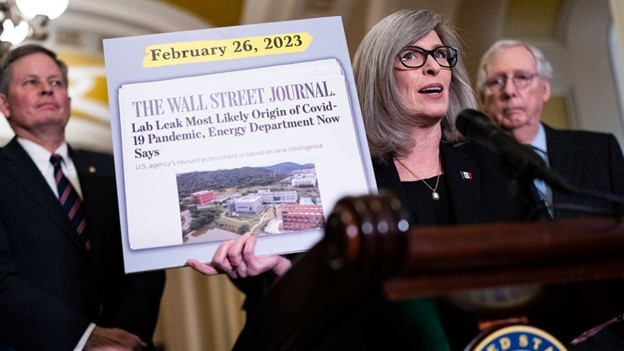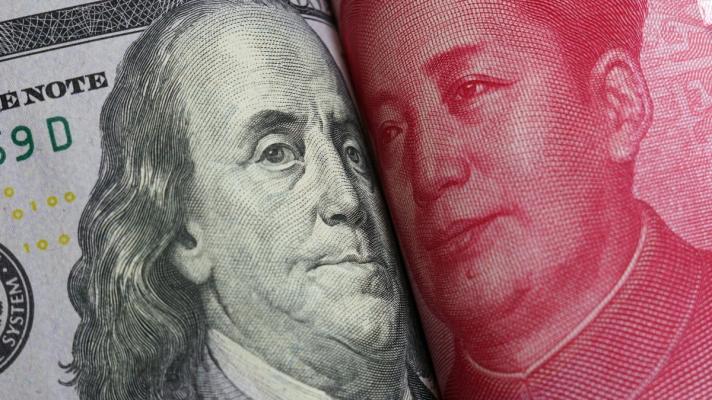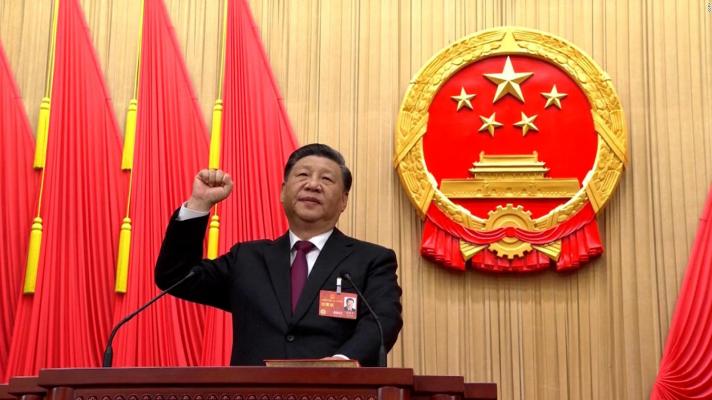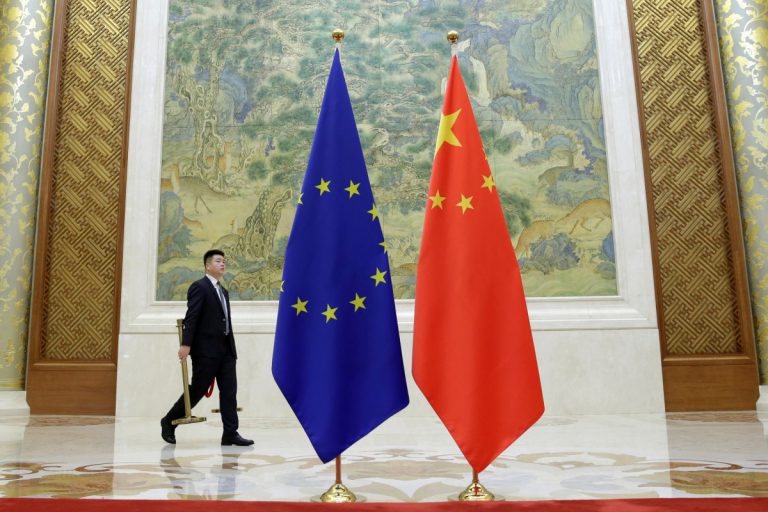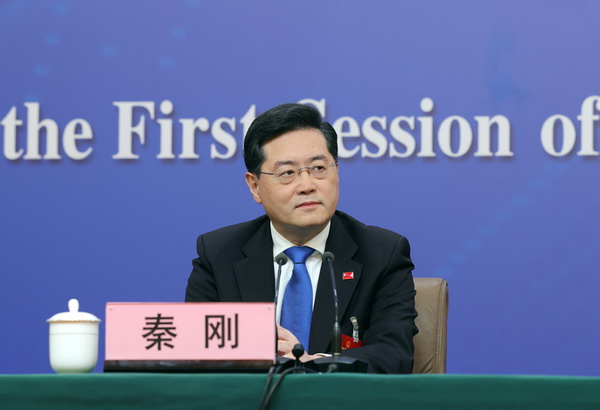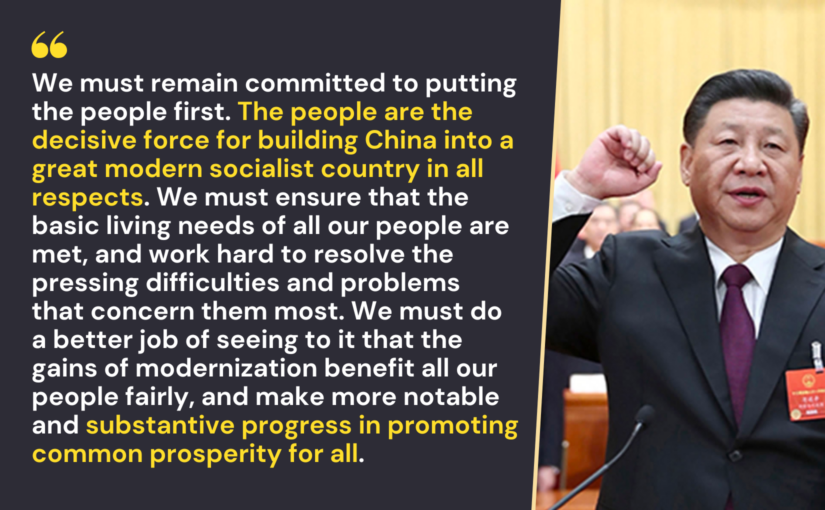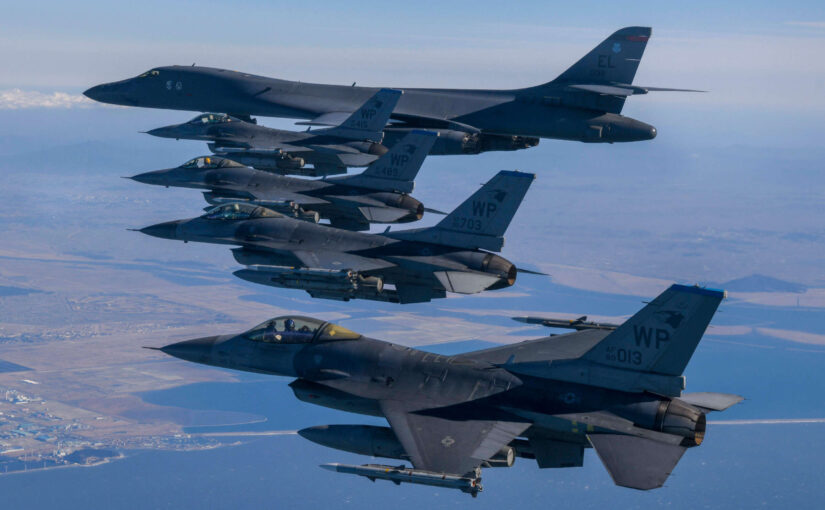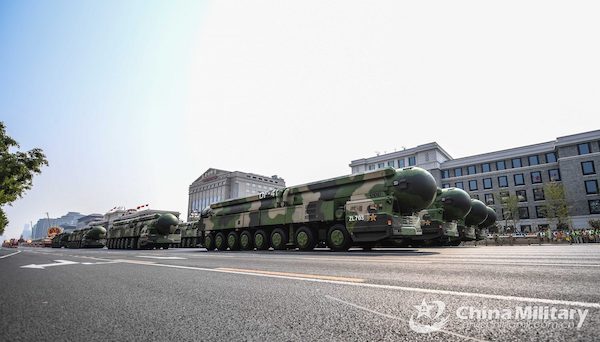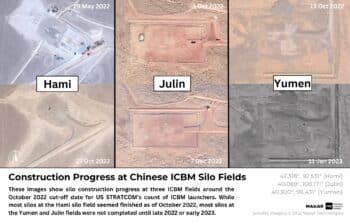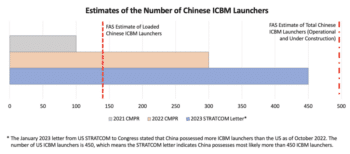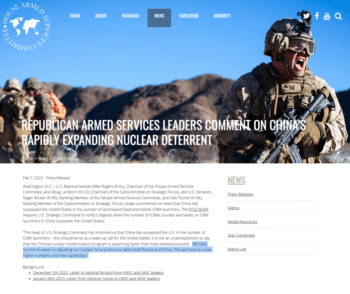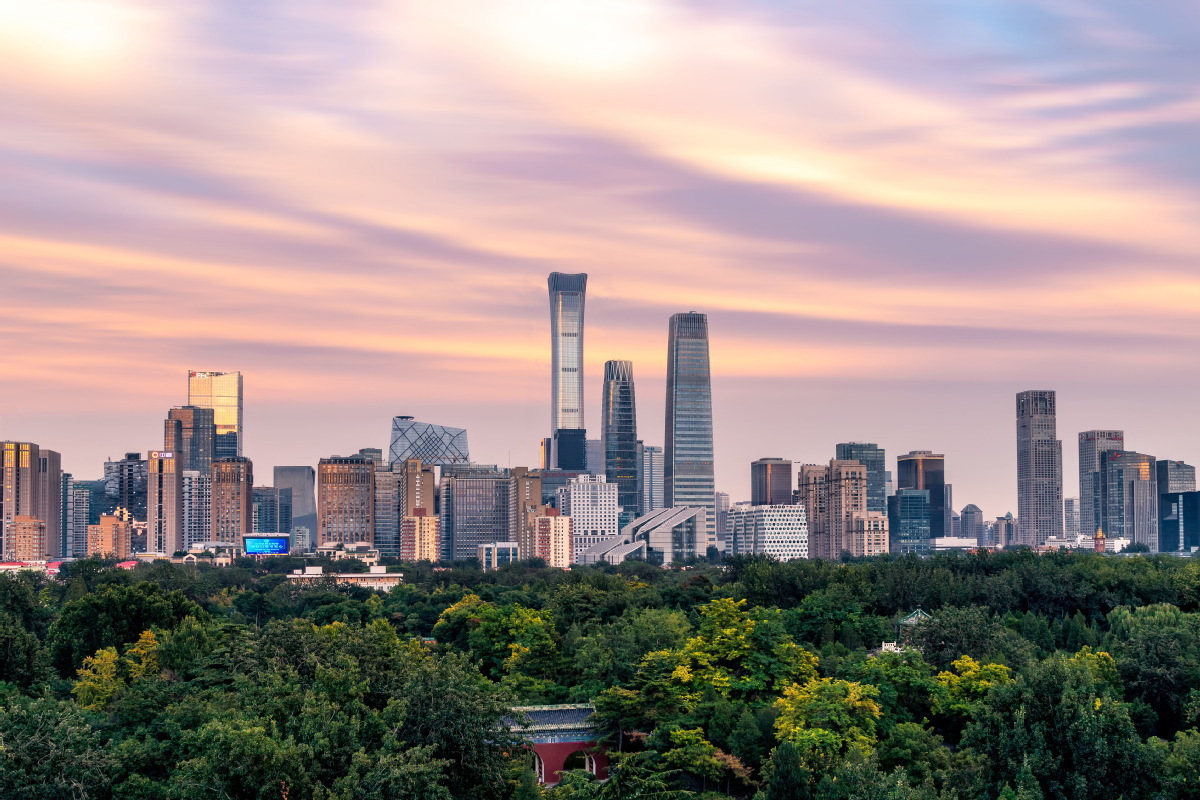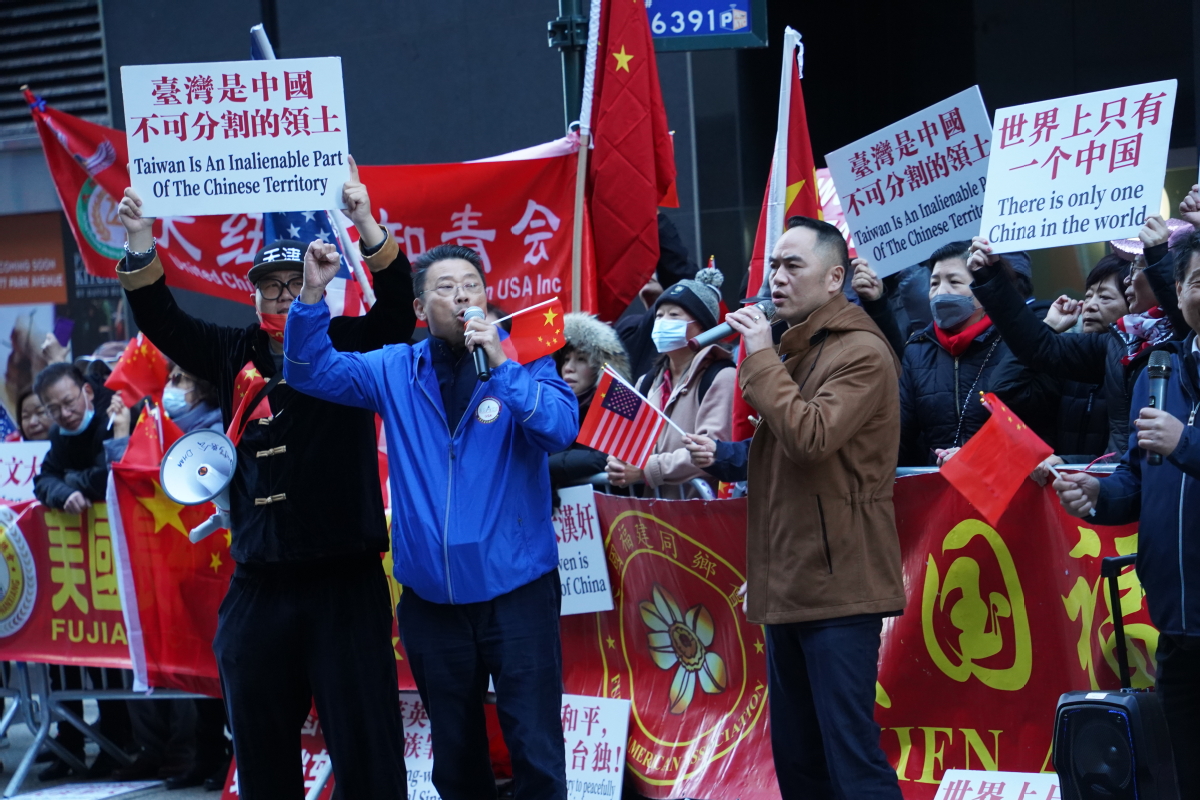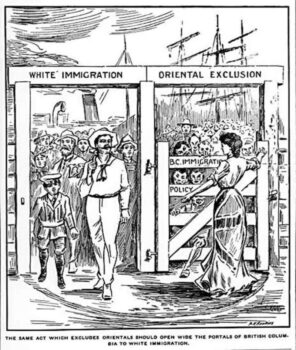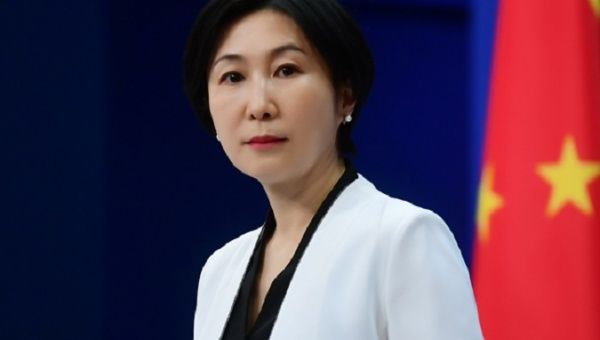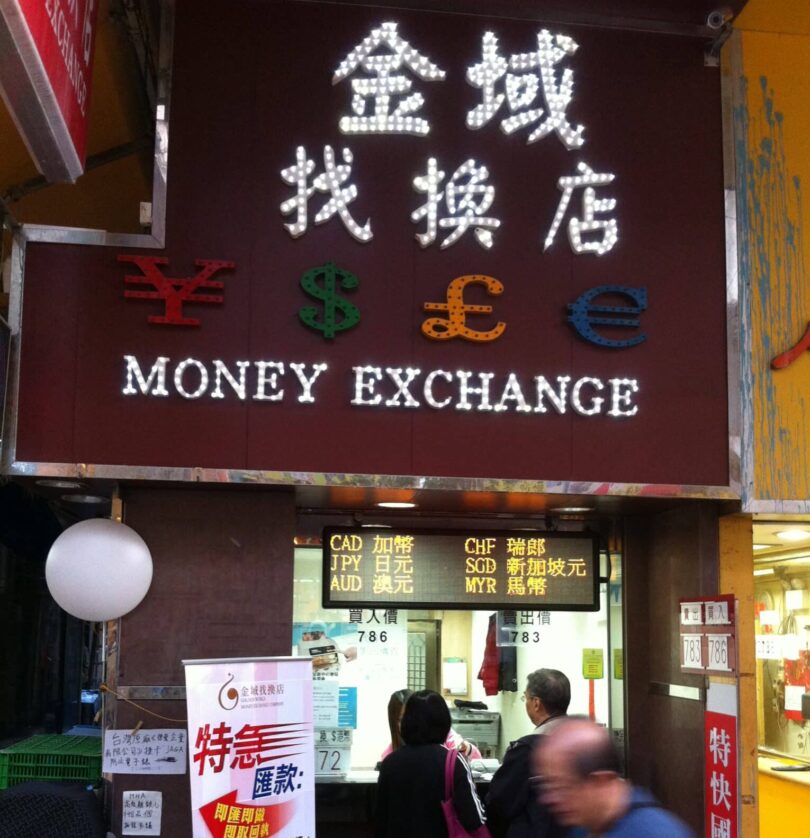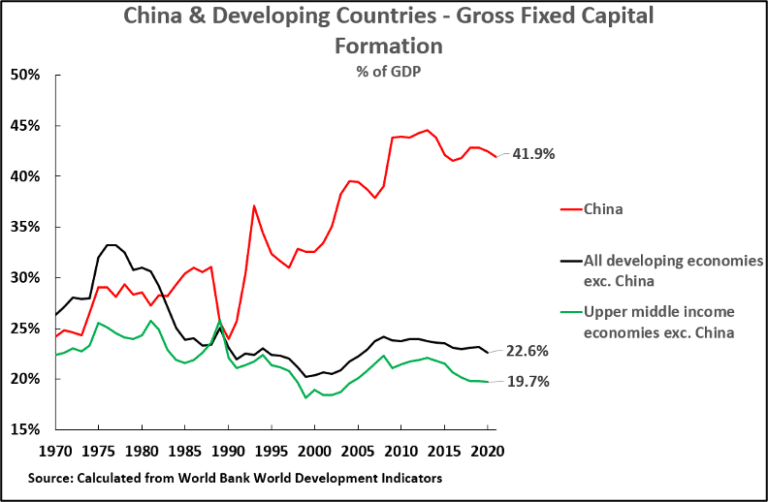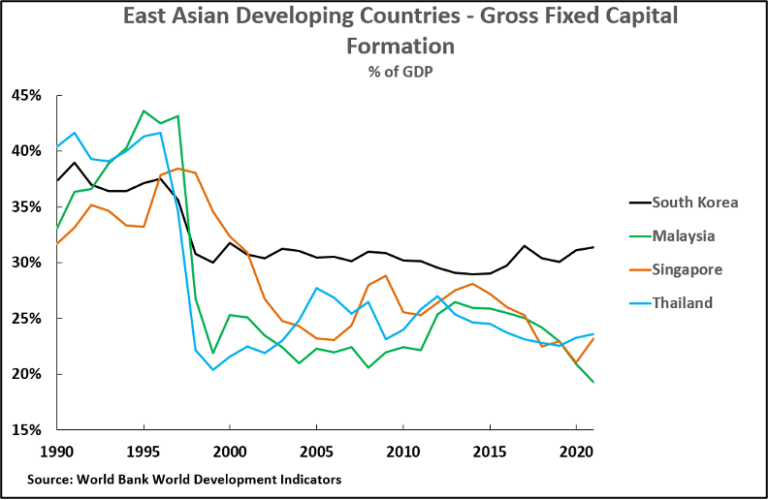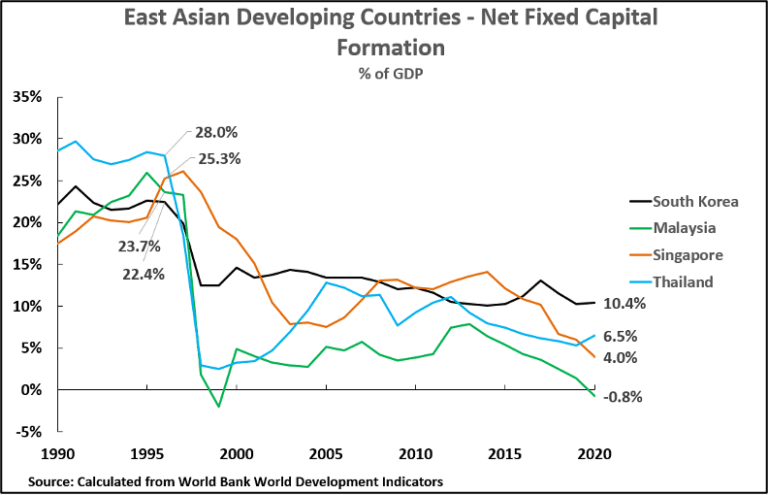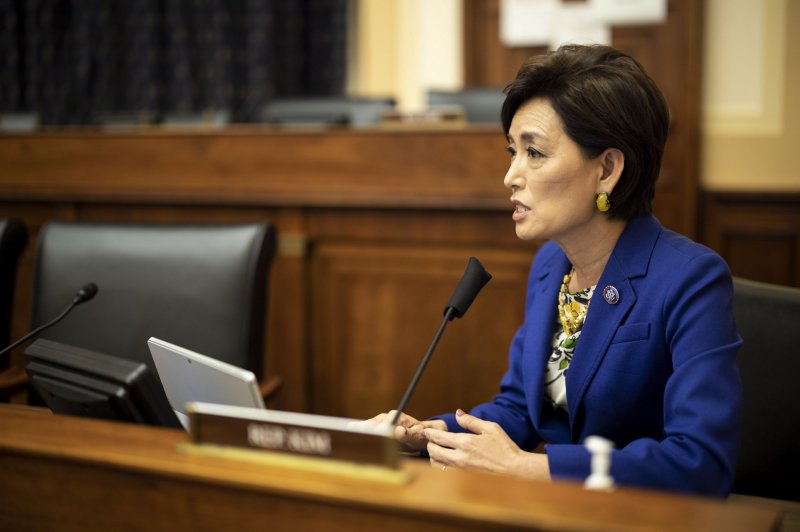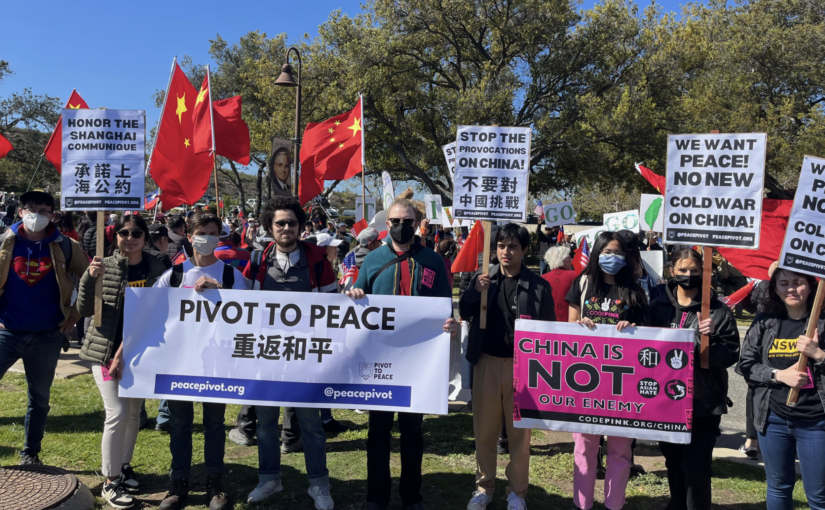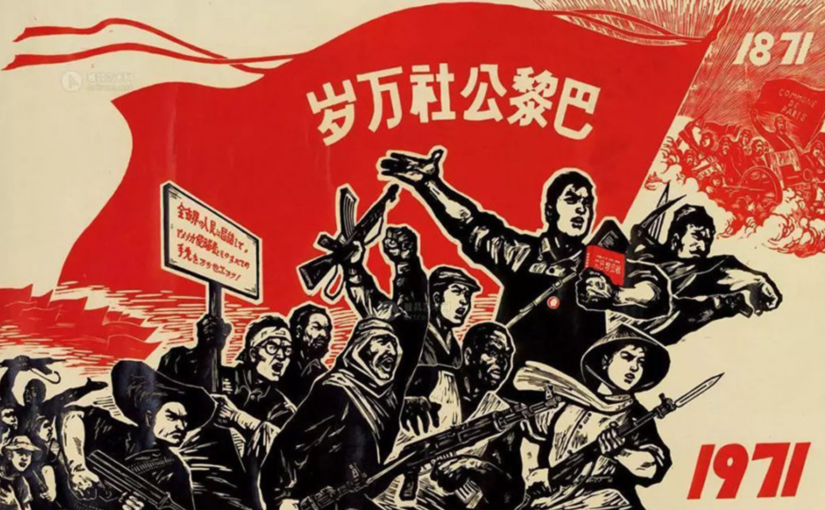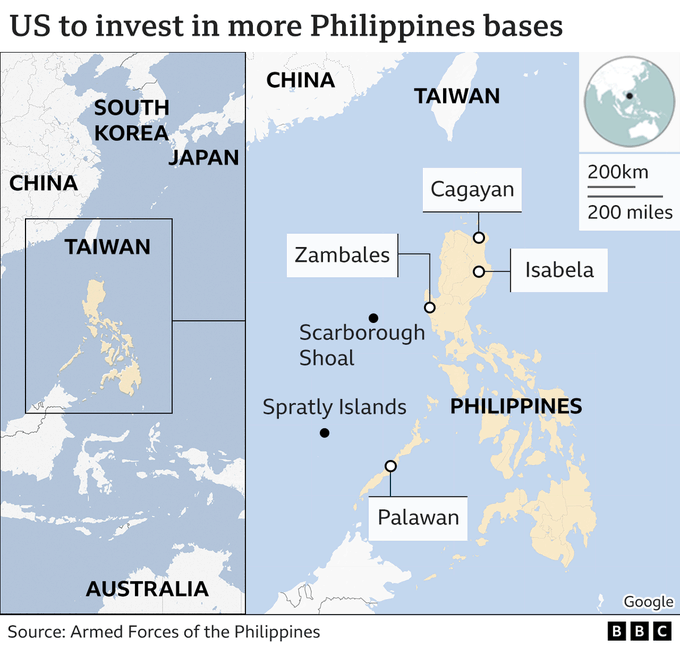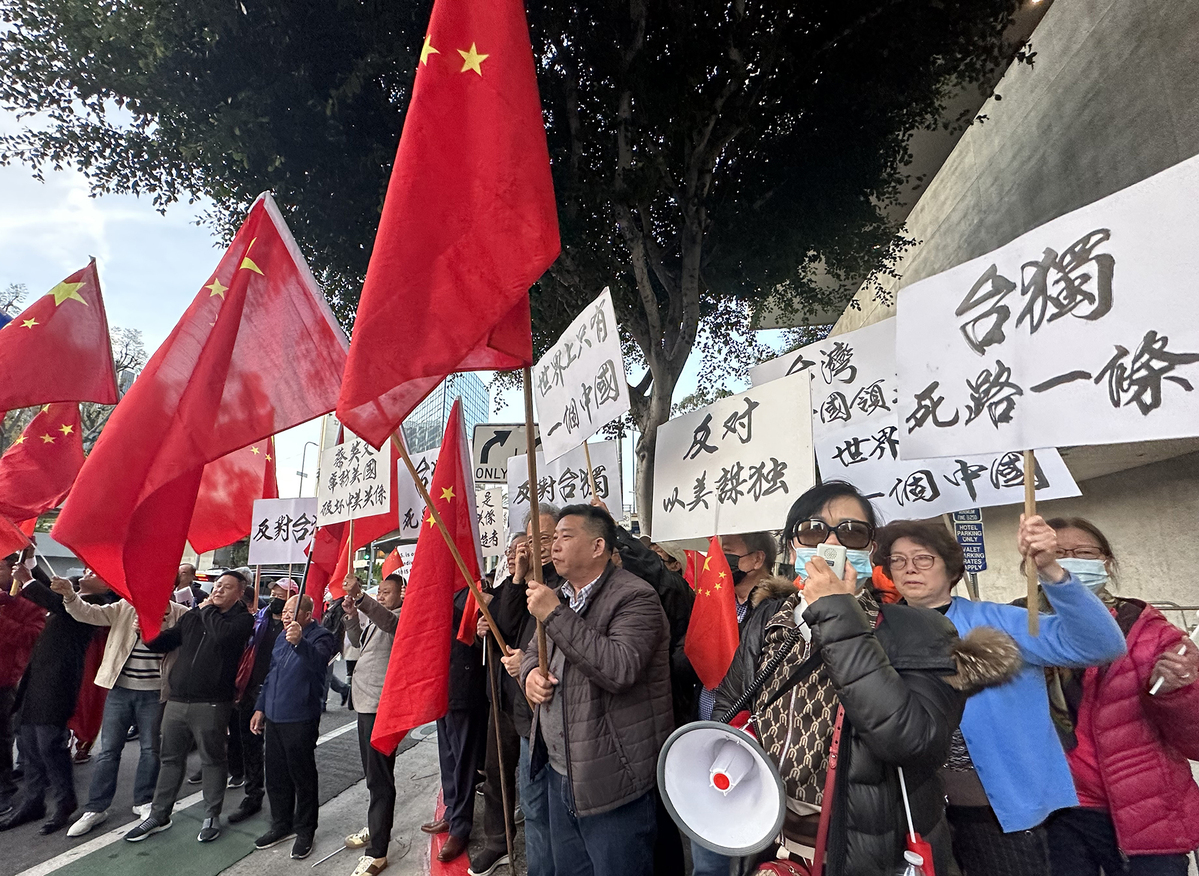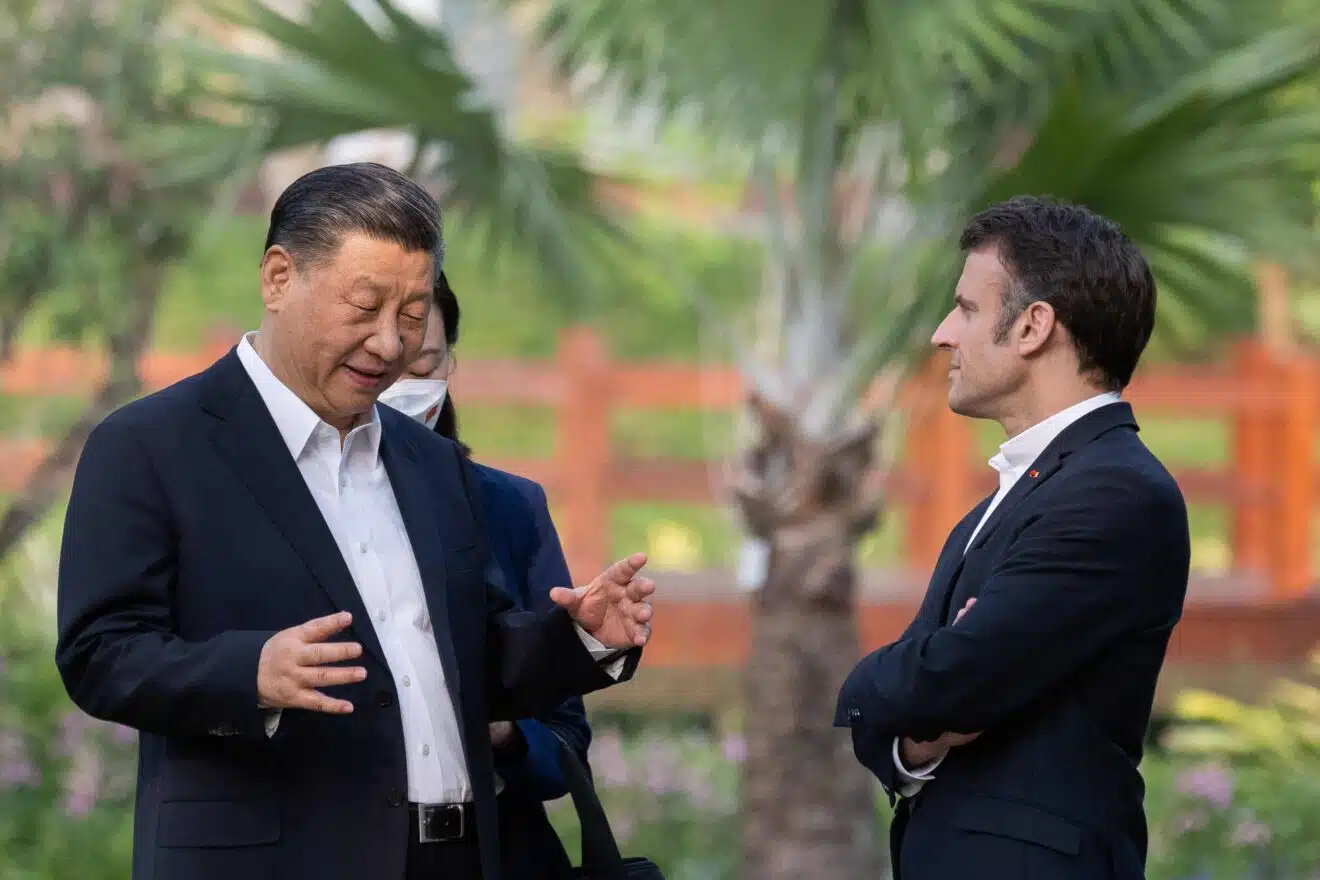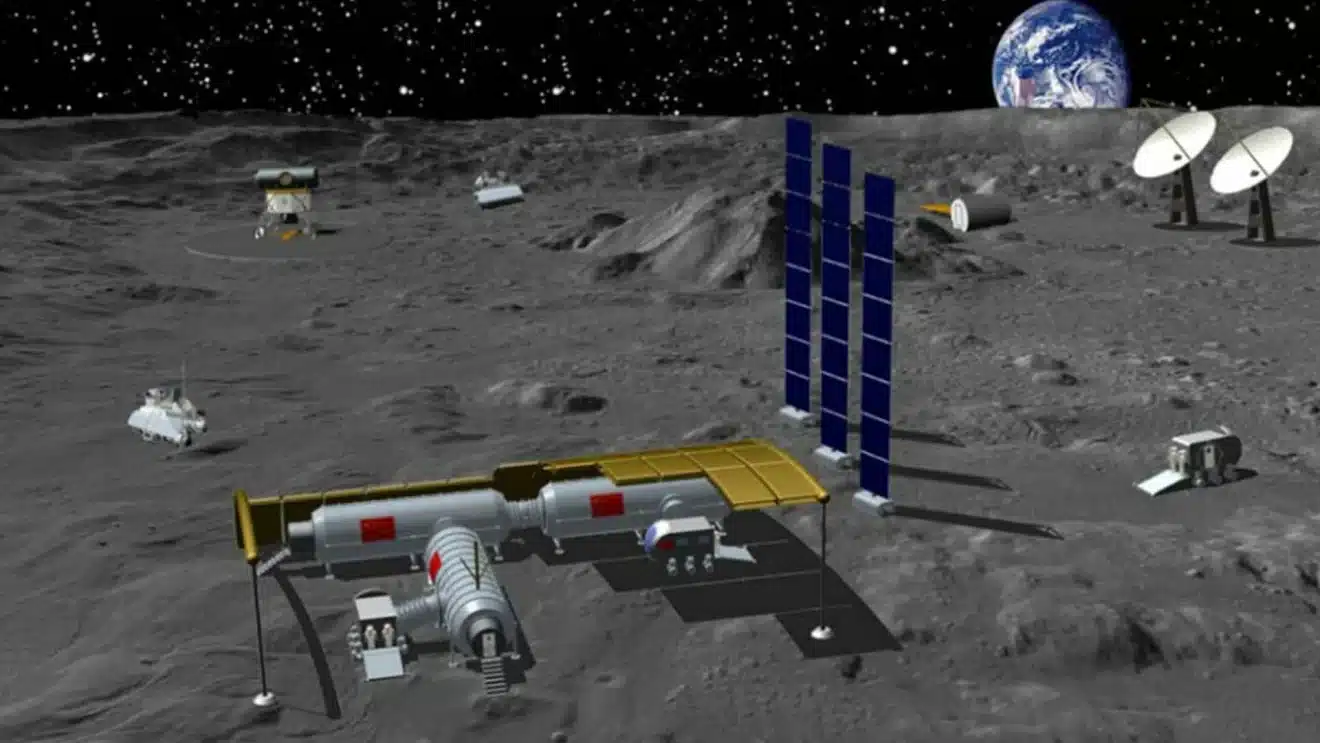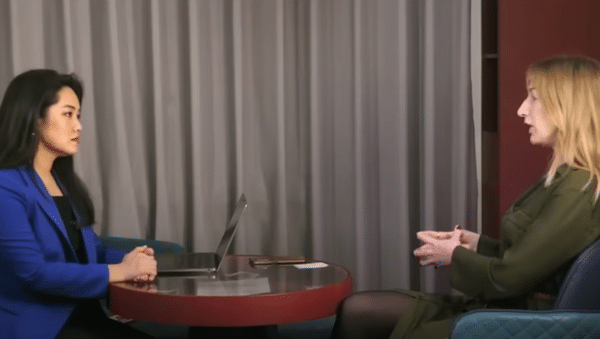This is huge!
Regional rivals Iran and Saudi Arabia agree to restore ties after years of tensions
The deal, which will see the two countries reopen embassies in each other’s capitals, was sealed during a meeting in China and announced Friday in a joint communique.
Archrivals Iran and Saudi Arabia agreed Friday to restore diplomatic relations, a dramatic breakthrough brokered by China after years of soaring tensions between the regional rivals.
The deal, which will see the two countries reopen embassies in each other’s capitals, was sealed during a meeting in China — a boost to Beijing’s efforts to rival the United States as a broker on the global stage.
The agreement also may put a dampener Israel's ongoing efforts to normalize relations with its Arab neighbors.
The talks were held because of a “shared desire to resolve the disagreements between them through dialogue and diplomacy, and in light of their brotherly ties,” according to a joint communique from Tehran, Riyadh and Beijing that was published by the Saudi Press Agency, the country’s official news agency.
The agreement followed intensive negotiations between Ali Shamkhani, a close adviser to Iran’s supreme leader Ayatollah Ali Khameni, and Saudi Arabia’s Minister of State Musaad bin Mohammed Al-Aiban, according to the statement.
It added that the foreign ministers from both countries would “meet to implement this, arrange for the return of their ambassadors, and discuss means of enhancing bilateral relations.”
The joint statement by Saudi Arabia, Iran and China is here:
In response to the noble initiative of His Excellency President Xi Jinping, President of the People’s Republic of China, of China’s support for developing good neighborly relations between the Kingdom of Saudi Arabia and the Islamic Republic of Iran;
And based on the agreement between His Excellency President Xi Jinping and the leaderships in the Kingdom of Saudi Arabia, and the Islamic Republic of Iran, whereby the People’s Republic of China would host and sponsor talks between the Kingdom of Saudi Arabia and the Islamic Republic of Iran;
Proceeding from their shared desire to resolve the disagreements between them through dialogue and diplomacy, and in light of their brotherly ties; ...
Congrats to China for nudging this deal forward and making it possible.
There are winners and losers in this.
The winners are:
*Iran, which will now be even more able to break through the sanctions wall the U.S. has put up around it.
*Saudi Arabia, which now will likely be able to end its disastrous and costly war on Yemen.*China, for outplaying the U.S. State Department by achieving this.
*Iraq, Syria, Yemen as they will become more peaceful as the two middle powers influencing policies on their grounds end their rivalry.
The losers are:
*Israel, because the chances for its attempts to get the U.S. into a war with Iran are now diminished. Its hoped for coalition with the Saudis will not come into being.
*The U.S. for having been outplayed on its traditional 'home grounds' in the Middle East.
*Anti-Iran hawks everywhere.
*The Emirates for losing at least some of the sanction busting trade with Iran to Saudi Arabia.
This renewal of relations will change the Middle East:
Tensions between Sunni Muslim powerhouse Saudi Arabia and Iran, which is majority Shiite, have dominated the region for decades.
The two countries have been locked in an intensifying struggle for dominance, their rivalry exacerbated by proxy conflicts, including the war in Yemen.
Saudi Arabia, the birthplace of Islam and the site of its two holiest cities, has historically seen itself as the leader of the Muslim world. The Iranian Revolution of 1979 shook Saudi Arabia and other Gulf kingdoms, which saw the regime in Tehran as a rival.
While tensions brewed for years, Saudi Arabia broke off ties in 2016 after protesters stormed Saudi diplomatic posts in Iran and set fire to the embassy in Tehran.
Days earlier, Saudi Arabia had executed the prominent Shiite cleric Nimr al-Nimr.
“Clearing up the misunderstandings and looking to the future in Tehran-Riyadh relations will definitely lead to the development of regional stability and security and the increase of cooperation between the countries of the Persian Gulf and the Islamic world to manage the existing challenges,” Shamkhani said Friday after signing the deal, according to Press TV.
In 2016 I describe the killing of Nimr al-Nimr as a smart move in the sense of Saudi domestic realpolitik. But I also said that it would lead to escalating costs in Saudi Arabia's regional policies, predominantly in Yemen. That indeed proved to be the case.
Reviving relations between Saudi Arabia and Iran will make a lot of new things possible.
That Iran and Saudi Arabia accepted China's mediation is a recognition of Beijing's new standing in world policies. That alone is enough reason for the White House to hate the deal.
Posted by b on March 10, 2023 at 14:17 UTC | Permalink
https://www.moonofalabama.org/2023/03/m ... l#comments
********
Biological lab funded by US sparks alarm
China Daily | Updated: 2023-03-08 07:40
C. Asia unit said to be studying pathogens that could be used in bioterrorism attacks
A controversial biological laboratory in Kazakhstan has caused concerns among local residents. The laboratory used to be controlled by the Soviet Union, but now it is funded and built by the US.
In a suburb near the city of Almaty, Kazakhstan, the Central Reference Laboratory, which opened in 2017, is studying some of the deadliest pathogens that could be used in bioterrorism attacks.
The facility is a $102 million biosecurity laboratory funded by the United States Defense Threat Reduction Agency, or DTRA, and the Nunn-Lugar Cooperative Threat Reduction Program, or CTR. The lab is studying the highest-risk diseases such as plague and cholera, the National Geographic channel reported.
TASS news agency last January reported that social media speculated that experts in chemical protective suits were working near the lab due to "a leak of dangerous pathogens".
The lab's existence has been controversial, and the Kazakh government had previously denied any involvement in producing biological weapons.
The lab also provides steady employment for scientists who might otherwise be tempted to sell their high-level and potentially destructive knowledge to hostile groups, said Lieutenant Colonel Charles Carlton, director of the DTRA offices in Kazakhstan, according to National Geographic.
Historically, Kazakhstan monitored high-risk diseases in laboratories of the former Soviet anti-plague system, which fell into severe disrepair after the fall of the Soviet Union and the subsequent lack of funding, according to the James Martin Center for Nonproliferation Studies, a California-based nongovernmental organization that aims to curb the spread of weapons of mass destruction.
The US then engaged with this former Soviet lab through the CTR program. It was not the first time the US took over former Soviet biological research.
Beginning in the late 1990s, the US started to establish partnerships and develop collaborations in the field of biological research with a number of former Soviet republics to seek "to dismantle the former Soviet Union's massive biological weapons research, development and production infrastructure", according to The Jamestown Foundation, a Washington, DC-based think tank.
The DTRA and the CTR have carried out various "bio-threat reduction projects" in Russia, Kazakhstan, Uzbekistan, Georgia, Azerbaijan and Ukraine, according to The Jamestown Foundation.
'Guise of peaceful research'
Moscow has repeatedly claimed that such cooperation represents a threat to Russia. Major General Igor Kirillov, the commander of Russia's Radiological, Chemical and Biological Defense Troops, in 2018 claimed, "under the guise of peaceful research, (the US) is building up its military-biological potential".
"The Pentagon has been doing it since 2005, working with Ukrainians, to quote, 'eliminate biological weapons' left behind by the Soviets. That makes sense," Fox News host Tucker Carlson said in Tucker Carlson Tonight in March 2022.
"But wait, 2005 was 17 years ago. How long does it take to eliminate Soviet bioweapons? Seventeen years seems like a long time. If you had 17 years and ample funding from Congress, you could probably remove and catalog every grain of sand on Waikiki Beach. And yet somehow, over that same period, 17 years, the Pentagon has not finished removing test tubes from Soviet-era freezers," he said.
In fact, the US has an increasing number of biolabs around the world.
The Biological Threat Reduction Program of the US Department of Defense, or DoD, has reportedly supported a total of 336 biolabs across regions, including Africa, East Europe, Central Asia, South Asia, Southeast Asia, and the Middle East, as well as several biosecurity labs operated directly by the DoD overseas, according to a report presented by the US to the Meeting of the Biological Weapons Convention in November 2021.
Undersecretary of State for Political Affairs Victoria Nuland in last March mentioned in a Senate hearing that she feared the labs in Ukraine would "fall into Russian hands", prompting further suspicions on the biological program.
"If nothing bad is happening in these biolabs, why are you concerned about them falling under Russian control?" Scotty A said in comments posted on YouTube.
http://global.chinadaily.com.cn/a/20230 ... b2f52.html
******
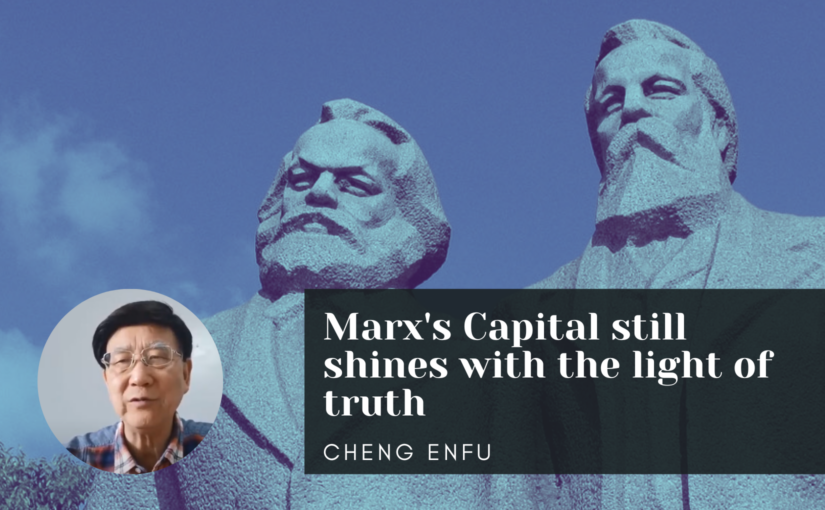
Cheng Enfu: Marx’s Capital still shines with the light of truth
Hello everyone. Today, the title of my presentation is The Essence of Capital and Its Contemporary Value.We are pleased to publish this speech by Professor Cheng Enfu on the contemporary relevance of Marx’s Capital, given at a recent webinar organised by the International Manifesto Group.
The core theme of Cheng’s presentation is that Capital has lost none of its relevance or applicability, and indeed is enjoying a resurgence of interest in response to the imperialist crisis. “Whenever the world faces a major dilemma or encounters a major setback, Marx always reappears in a new way, and people always look to Capital to find a way out of the global problems of the day.” Although Volume 1 of Capital appeared over 150 years ago, there is still “no theory in mainstream Western economics comparable to Capital in terms of understanding the reality and development of the contemporary world.”
In terms of the relevance of Marx’s economic teachings to contemporary Chinese socialism, Cheng points to the contradictory nature of capital: as a force for technological progress, and as a force for reproducing poverty and vast inequality. The unlimited expansion of financialized capital “has led to the intensification of the basic contradictions of capitalism in all countries and the whole world, with widening gap between rich and poor in wealth and income distribution within and between countries, leading to increasingly serious global problems.” The key lesson for China’s socialist market economy is the crucial importance of “overcoming the greedy nature and the disorderly expansion and monopoly of non-public capital” such that capital can better serve the interests of the people.
Professor Cheng joins the dots between Marx’s economic analysis and today’s global anti-imperialist struggle, stating that “we must resolutely oppose private monopoly capital, international financial monopoly capitalism and neo-imperialism, work together to actively safeguard the rights and welfare of the working class and the working people at large, resist the US-led West’s efforts to contain the peaceful development of China, Russia, North Korea, Iran and Syria, and bring into better play the economic role of progressive Third World countries such as China.”
Professor Cheng Enfu is Principal Professor of the University of the Chinese Academy of Social Sciences, and Editor-in-Chief of World Review of Political Economy and International Critical Thought.
The capitalist world has changed dramatically since the publication of Capital, but this work of Marx has not become obsolete. Whenever the world faces a major dilemma or encounters a major setback, Marx always reappears in a new way, and people always look to Capital to find a way out of the global problems of the day. As long as capitalism and the market economy exist, Capital as a work that reveals its mysteries and economic laws, is unlikely to leave the stage. As a “Marxist encyclopedia,” the methodology and principles contained in Capital still shine with the light of truth and are of great practical significance.
First, Capital provides a scientific approach to understanding societies. In Capital, Marx organically integrates philosophy with economics, applies dialectics to the study of political economy, and has historical materialism and dialectics highly unified in the analysis of the evolution of the life and death of the capitalist market economy. Capital is mainly a study of the economic mode of capitalist society. Marx regarded the development of society as the result of contradictory movements and believed that the law of contradictory movements of the productive forces and relations of production as well as that of the economic base and superstructure is the general law of development of human society and its fundamental driving force. It determines the change of social formation and the basic trend of historical development. Marx analyzed the operation and development of capitalist economy by applying the law of unity of opposites, the law of quantitative and qualitative changes, and the law of the negation of negation, as well as methodologies such as class analysis; he studied the process of capitalist social and economic development by applying the scientific findings of historical materialism, and came to the scientific conclusion that capitalist system is not eternal, but is bound to be replaced as the contradiction between the productive forces and the relations of production evolves. To date, there is no theory in mainstream Western economics comparable to Capital in terms of understanding the reality and development of the contemporary world. I recently edited a textbook titled New Political Economy. The English version will be published soon. It is a synthesis of Marx’s Capital and his planned six volumes on political economy, creating a new system of “five processes” in modern political economy. I wish that the textbook may be available to you in some way since your comments and suggestions would be very valuable.
Second, it establishes the subject status of workers. Labor theory is at the core of Capital, and is a line running through historical materialism, political economy and scientific socialism, which is of great significance to the world today in firmly establishing the subject position of workers in the creation of wealth and value. Marx once pointed out that as long as society does not yet revolve around labor as the earth around the sun, it can never reach a state of equilibrium. Marx’s comparison of labor to the sun is sufficient to see the position of labor in his thought. Labor is the core of the Marxist paradigm and system. Not only does labor determine and condition the structure, nature and appearance of society, but the labor conditions would determine the conditions of human development. Marx presents the labor theory of value in Capital, arguing that living labor is the only source of value creation, making it the cornerstone of the theory of surplus value, and on that basis proposed the idea of labor emancipation. Even under the increasingly mature digital economy, intelligent economy and other high-tech conditions, as long as it is in a capitalist society or a capitalist enterprise in a socialist country centering on private capital, labor would still be characteristic of the dependence on things, workers be enslaved by private capital, and various forms of alienation persist. In future society where the factors of production are publicly owned, labor will become the “sun,” that is, labor will be completely liberated, thus truly realizing the free and comprehensive development of human beings. We must always stand in the position of international working people, establish a view in our value system that respects labor and workers, insist on the subject position of workers in social development and wealth creation, and refute the fallacy of “exploitation creates wealth” that has been popular for thousands of years.
Third, it clarifies the contradictory movement of capital. The theory on capital, as a key term in Marx’s works, is one of the three main categories throughout the book, i.e., labor, capital and surplus value, and is of great importance to our understanding of the nature and role of capital in the context of globalization. Capital is a product of a certain stage of human history. It is a historical category. Capital is a factor of production, a value that can bring surplus value. Capital in essence is not a thing, but a certain social and economic relationship, which in turn must be manifested through things. This gives rise to a double logic: a logic of creating material and economic civilization by the power of things, and a logic of value-added with pursuit of profit maximization. From private capital to private monopoly capital, national monopoly capital, and then to international monopoly capital, the expansionist nature of capital keeps driving forward the process of economic globalization, which constantly intensifies the globalization of production, trade, finance and business operation, with an ever more greedy capital today that is based on private appropriation and characterized by virtual capital. The unlimited expansion of such capital has led to the intensification of the basic contradictions of capitalism in all countries and the whole world, with widening gap between rich and poor in wealth and income distribution within and between countries, leading to increasingly serious global problems. Under the conditions of China’s socialist market economy, while attaching importance to the role of public capital, we must pay close attention to overcoming the greedy nature and the disorderly expansion and monopoly of non-public capital. The relationship between capital and labor as social axis must be well handled, and making various forms of capital better serve the national economy and people’s livelihood.
Fourth, it reveals the laws of development of market economy. In Capital, Marx has scientifically explained many economic laws of human society, such as the general law of commodity production, the common law of socialized mass production, the law of economic globalization and the world market. The laws of capitalist economic operation are systematically analyzed, which covers wage, cost, profit, credit, interest, land rent, reproduction, virtual capital and virtual economy, economic cycle and crisis. All these provide guidance for a correct understanding of the laws of operation of socialist market economy.
Fifth, (Marx’s ideas in) Capital must be applied in a flexible manner in practice. At present, we must resolutely oppose private monopoly capital, international financial monopoly capitalism and neo-imperialism, work together to actively safeguard the rights and welfare of the working class and the working people at large, resist the US-led West’s efforts to contain the peaceful development of China, Russia, North Korea, Iran and Syria, and bring into better play the economic role of progressive Third World countries such as China. Today, China has become a major trading partner of more than 140 countries and regions, ranking first in the world in total trade in goods and leading the world in attracting foreign investment and outbound investment. Between 2012 and 2021, China’s gross domestic product (GDP) grew from 54 trillion yuan to 114.9 trillion yuan, accounting for 18.5 percent of the world economy and firmly ranking second in the world. In 2021, China’s total GDP at market exchange rates reaches $17.8 trillion, equivalent to 77 percent of the US GDP. Between 2013 and 2021, China’s average contribution to global economic growth reaches 38.6 percent, more than the combined contribution of the G-7 members. China has signed more than 200 cooperation documents with 151 countries and 32 international organizations to build the “Belt and Road.” The Belt and Road Initiative will lift 7.6 million people out of extreme poverty, increase global trade by 1.7–-6.2%, and increase global income by 0.7%–2.9%. Currently, the Asian Infrastructure Investment Bank (AIIB) has grown from 57 founding members to 106 members from six continents, making it the second largest international multilateral development institution in the world. The above achievements have been made through the dominant role of China’s state-owned capital, collective capital and equity-based cooperative capital. In light of that, I would argue, as in an already published paper, that China has got rid of its “dependent” and “semi-dependent” position in the world economic system and is now in a “quasi-center” position and will reach the “center” by 2035. By 2050, it will achieve a status of one of the top “countries in the center,” completing the three major tasks, i.e., Chinese modernization, reunification of the mainland and Taiwan of China, and international anti-hegemonic struggle.
That is all I have to say here. Thank you.
https://socialistchina.org/2023/03/09/c ... -of-truth/
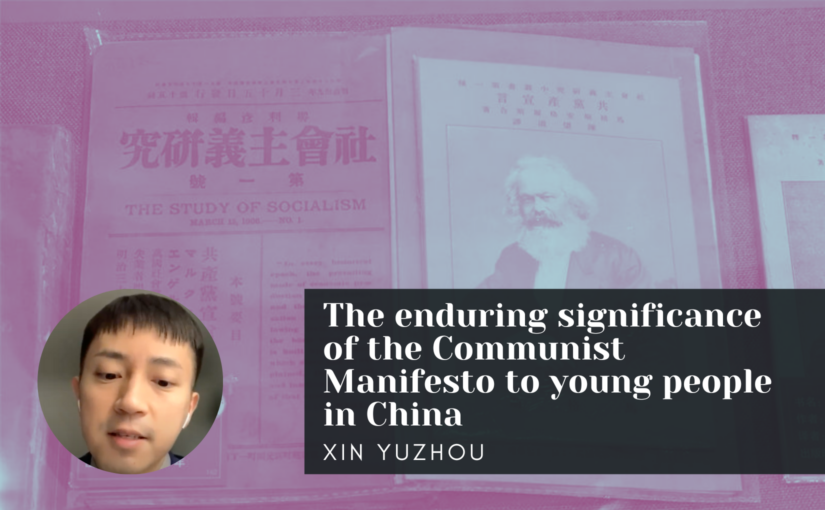
The enduring significance of the Communist Manifesto to young people in China
Dear Comrades,We are very pleased to publish below the text of a presentation given by Xin Yuzhou, a young candidate member of the Communist Party of China, on the enduring significance of the Communist Manifesto, particularly to young people in China. The presentation was made at a webinar organised by the International Manifesto Group marking the 175th anniversary of the publication of the Communist Manifesto.
Xin Yuzhou notes that the Manifesto continues to have tremendous resonance and influence in China; it is conceived of as “a monumental work that has a scientific perspective on the development of human society and was written to benefit the people and seek liberation for humanity.” Indeed, the CPC considers itself to be “a loyal inheritor of the spirit of the Communist Manifesto”. He further emphasizes that, in spite of having been published for the first time 175 years ago, the fundamental principles outlined in the Manifesto remain entirely valid; and yet he reminds us that Marxism should never be considered a dogma, citing Engels: “Marx’s whole way of thinking is not so much a doctrine as a method. It provides not so much ready-made dogmas as aids to further investigation and the method for such investigation.” In the case of China, Marxist principles have to be integrated with “China’s realities, historical and cultural traditions, and contemporary needs.”
Comrade Xin states that communists “must take reading Marxist classics and understanding Marxist principles as a way of life”, and notes that in the Bureau for North American, Oceanian and Nordic Affairs of the International Department of the CPC in which he works, young people collectively read and discuss key political texts including the Communist Manifesto. He concludes that “Chinese young communists today can still learn a lot from and be inspired by the Communist Manifesto.”
Ladies and gentlemen,
I am XIN Yuzhou from the Bureau for North American, Oceanian and Nordic Affairs of the IDCPC. It is such an honor for me to join you and exchange ideas with friends from around the world. As a young, probationary Party member of our Bureau’s Party branch, I would like to share with you why Communist Manifesto still matters today and what our Chinese young people should learn from it.
I. The Importance of the Communist Manifesto
When presiding over a group study session of the Political Bureau of the Central Committee of the Communist Party of China (CPC), General Secretary Xi Jinping stressed the importance of the Communist Manifesto, saying that reviewing the Communist Manifesto is to understand and grasp the power of the truth of Marxism, write a new chapter of socialism with Chinese characteristics in the new era, firm up Marxist belief, and trace back to the source of theory for a Marxist party to maintain the advanced nature and purity.
The CPC is a loyal inheritor of the spirit of the Communist Manifesto. It is necessary to “apply the scientific principles and the spirit of the Communist Manifesto to the overall planning of activities related to the great struggle, great project, great cause, and great dream,” General Secretary Xi Jinping said, calling the Communist Manifesto a monumental work that has a scientific perspective on the development of human society and was written to benefit the people and seek liberation for humanity. Xi called for efforts to further study and interpret the works of Marxism, popularize them and have them embraced by hundreds of millions of people. More efforts should be made to develop Marxism in the 21st century and in contemporary China, and write a new chapter of adapting Marxism to the Chinese context.
It has been 175 years since the publication of the Communist Manifesto, during which time great changes have occurred in human society. However, on the whole, the general principles which Marxism sets forth are still entirely valid. We need to uphold the worldviews and methodologies of dialectical and historical materialism, as well as the Marxist stance, viewpoint and methodology. Furthermore, we should apply Marxist views on the materiality of the world and the laws governing its development, the natural and historic significance of social development and related laws, human emancipation, the full and free development of every individual, and the essence of knowledge and its development.
II. Encouragement to the Young People
As Communists, we must take reading Marxist classics and understanding Marxist principles as a way of life and an intellectual pursuit, and apply the classics to foster our integrity, temper our way of thinking, broaden our horizons, and guide our practice. This is particularly true to our young people. There is a reading club in our Bureau where we can regularly share our thoughts on books we recently read. Some young colleagues of mine recommended Communist Manifesto and invited us to share our views on it, which can be concluded as follows.
First, we should learn theories with a rational approach. Friedrich Engels once pointed out, “Marx’s whole way of thinking is not so much a doctrine as a method. It provides not so much ready-made dogmas as aids to further investigation and the method for such investigation.” He also noted that theories are “a historical product, which at different times assumes very different forms and, therewith, very different contents.” Therefore, it is reasonable to say that communism is not a fixed dogma. If we look at the case in China, the sweeping social changes that China is undergoing are not simply the extension of China’s historical and cultural experiences, the repetition of socialist practices of other countries, or the duplication of modernization endeavors elsewhere, nor can they be readily slotted into the template devised by earlier writers of Marxist classics. There is no orthodox, fixed version of communism. A blueprint will become a bright reality only when we combine the basic principles of communism with China’s realities, historical and cultural traditions, and contemporary needs, and constantly analyze and summarize the lessons gained from our practice.
Second, we should keep theories relevant with the times. The lifeline of a theory lies in innovation, and it is a sacred duty of Chinese Communists to develop Marxism. We need to use Marxism to observe and understand the world today and develop it in dynamic and abundant practice in contemporary China. We should learn from all the achievements of human civilization with an extensive view. To outdo ourselves we need to protect our foundations while innovating, and learn widely from the strengths of others to improve ourselves. Finally, we need to have a deeper understanding of governance by a communist party, the development of socialism, and the evolution of human society, and open up new prospects for the development of Marxism in contemporary China and the 21st century.
Third, we should translate theories into real practice. We need to study these in a thorough, consistent, and assiduous way, and apply them to problems and reality, so as to better transform such ideas and theories into a material force for understanding and changing the world.
Back in February 1848, Marxism emerged like lightning cutting through dark sky. Decades later, we still see it as a glorious dawn in human spiritual history and a spiritual home for communists. Chinese young communists today can still learn a lot from and be inspired by Communist Manifesto. It is our duty to carry on its spirit and make it enduring with the times.
https://socialistchina.org/2023/03/04/t ... -in-china/


